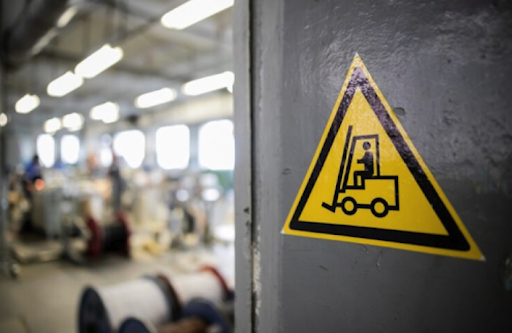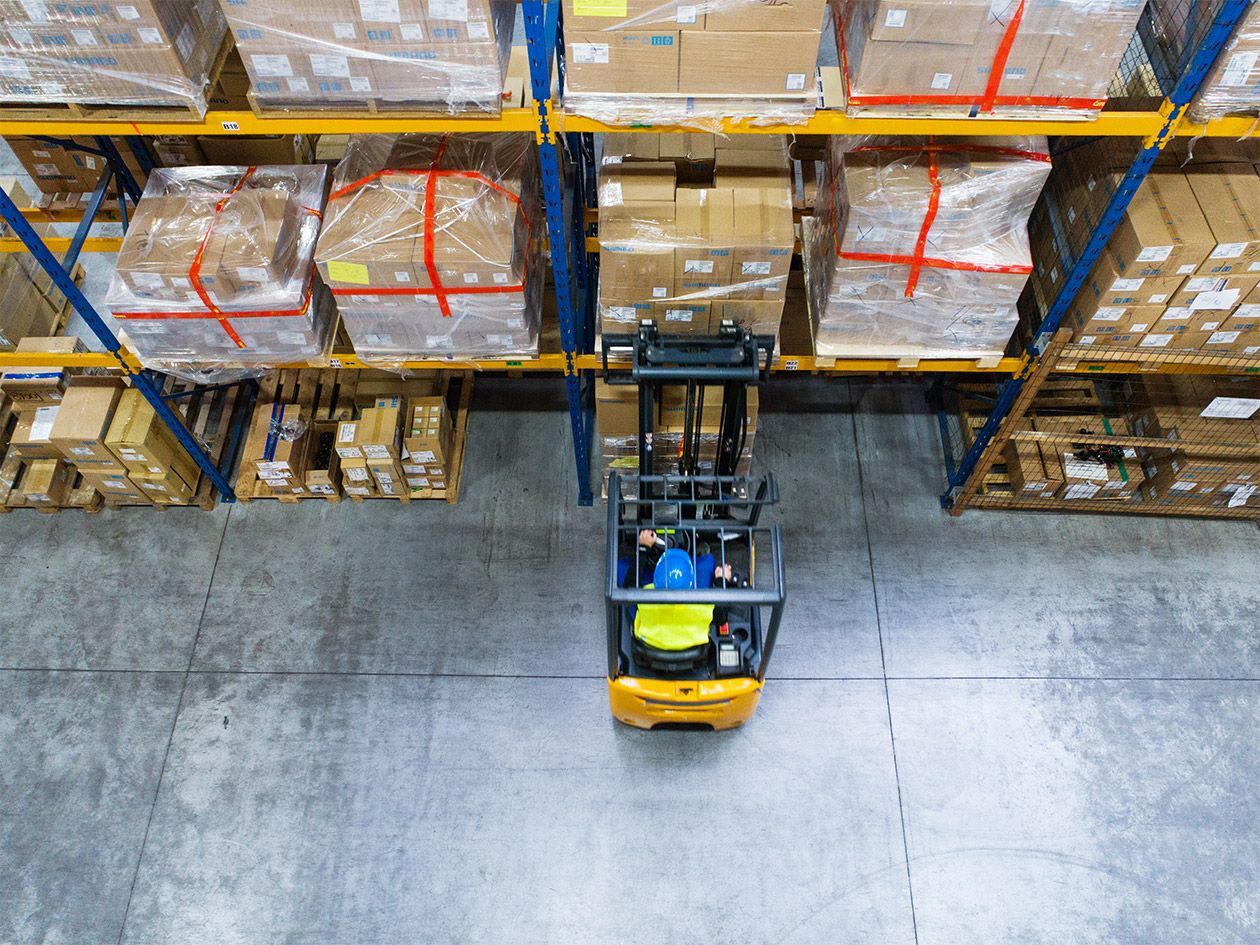How to Prevent Warehouse Accidents
One of the costliest parts of running a warehouse is accidents. When people get injured or equipment is damaged, fees and worker’s compensation costs increase quickly. The best way to prevent accidents in the warehouse is by staying organized. Employing these organizational strategies to prevent warehouse accidents will put your best foot forward for 2023.
Keep Aisles Clean
A common way workers get injured in the warehouse is simply by tripping over items or messes left in the aisles. People tend to walk quickly in environments they are in daily (like their workplace) and may not see a hazard in time. Aisles should be kept clean and free of garbage, recycling, and anything else that could cause a person to trip. A regular cleaning schedule with high-quality products and a floor sweeper can accomplish this.
Forklift Maintenance
Forklifts play an integral role in helping most warehouses run. Employee forklift accidents can be costly as well as put an employee’s life in jeopardy. The number of dead man hours on a forklift can indicate when it’s time to replace or repair it. Warehouse managers should also keep a running maintenance checklist for each forklift, checking for leaks, tire issues, or other mechanical considerations.

Proper Training
It is critical to train employees on both everyday operational tasks and hazardous situations that could come up. Like any industry, there’s no such thing as having too much training (as long as training programs have the proper focus for the scope of the job). Employees should be trained to operate and troubleshoot anything they use. Warehouse managers should also build in time in the schedule for regular training as per OSHA and other regulations.
Onboarding
Onboarding is a critical process to acclimate employees into the company. Most people might think about paperwork and HR when they hear “onboarding,” but onboarding can be any activities employees complete as they start the job. Training modules, such as a facility walk-through and introductions, can be included in the process. Though these activities are simple, accidents are less likely to occur when employees are set up for success in their new roles.
Signage
Potential workplace hazards need to be marked with the proper signage. This can start with being sure there are enough signs on-site. Signs that need to be put by a spill (e.g., wet floor or chemical spill cautionary signs) should be stored in multiple places that are easy to access so the sign can be placed by the affected area before another accident happens. For more permanent signs throughout the warehouse, these should be easy to read, at eye level, and catch the eye of any employees or other visitors.
Staffed Properly
Even with robust training, equipment maintenance, cleaning, and signage, some accidents may happen when employees are rushing through a task to finish quickly. Or, accidents may occur if certain tasks weren’t done while an employee was on vacation or sick. Warehouse managers must ensure their warehouse is adequately staffed so that these situations can be avoided and all employees and equipment stay safe.

Strong Management
Preventing accidents and ensuring success in any workplace boils down to solid management. Warehouse managers need to juggle a lot of responsibility all at once, so whoever is hired for the job should have skills in organization, delegation, and plenty of experience. The size and function of the warehouse may call for a management team of multiple people. Preventing accidents starts with management and trickles down the ladder to each employee.
Work With Benco
Our team at Benco Industrial Equipment is here to help with all things within the warehouse and material handling industry. We can discuss renting, repairing, and buying new equipment with your team to find the best fit. Let’s chat today!
The post How to Prevent Warehouse Accidents appeared first on Benco Industrial Equipment.




